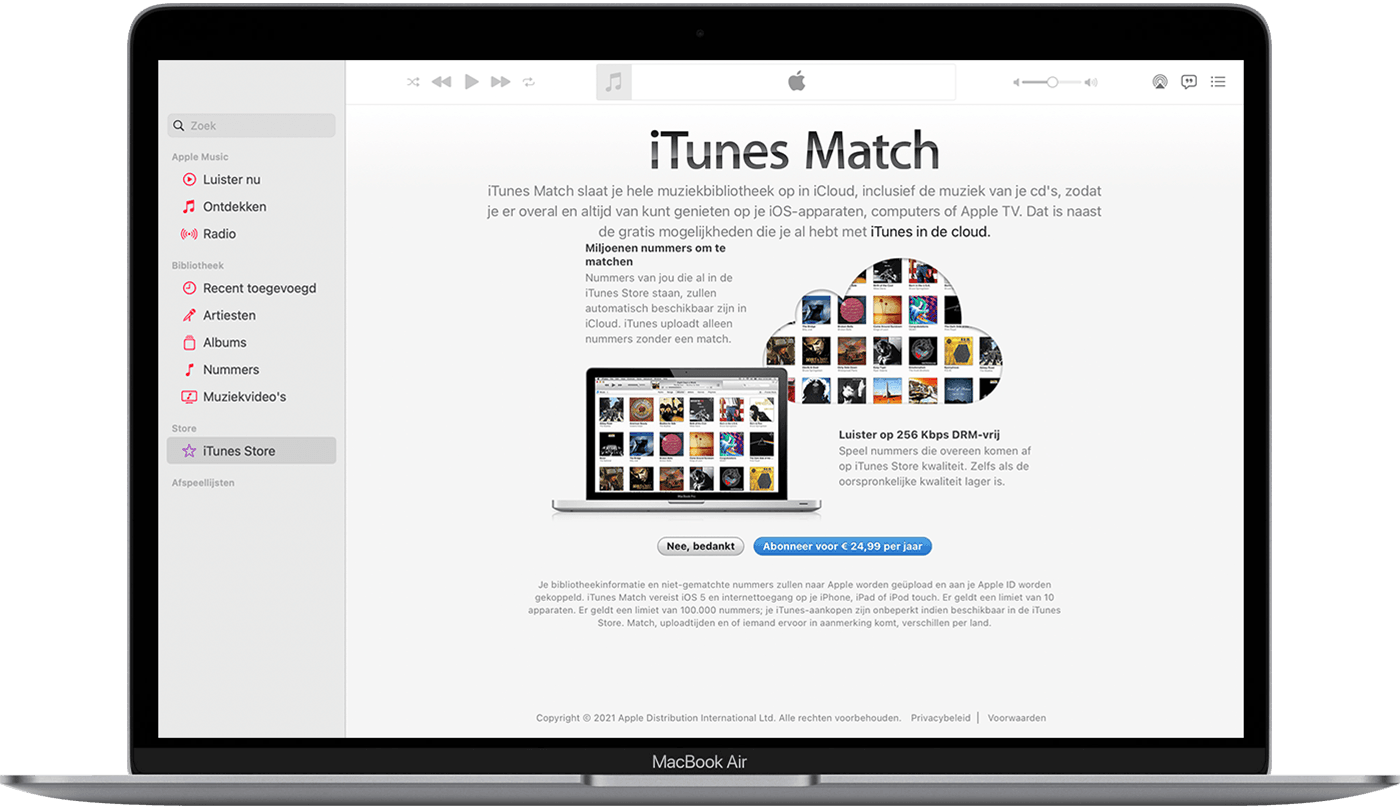

The HomePod costs nearly twice as much as an Amazon Echo, and while the HomePod features improved speakers over Amazon’s own device, for some consumers, it doesn’t make sense to stick to Apple’s products when Amazon’s Echo is available for purchase right now. As a consumer, it can be a difficult choice on which device to pick, especially now that Apple’s entered the market with a Siri-based option. Amazon’s Alexa-powered speaker, the Amazon Echo, first kicked things off, but since then, Google’s own Home speaker, Lenovo’s Alexa-based Smart Assistant speaker, and even Apple’s own HomePod have filled the market with devices that don’t seem to interact well with each other. Of course, the problem with these smart speakers is that every company seems to be focused on making their own platform. Plenty of these smart home devices can control the objects around us, allowing users to turn lights on and off or stream Netflix on our televisions without having to use physical switches or remotes. For many, smart speakers are their first entry into the “Internet of Things,” which uses wireless networks to connect physical objects together to create a network of devices and objects that can be used to control all aspects of the area around you. Smart speakers use mesh networking and personal assistant AI technology to power your home with an always-active, always-listening speaker. It seems everyone is focused on selling a smart speaker to consumers, able to play music, search for information, report the news and weather, and even shop for you.


Of all the recent trends in technology and gadgets, none of them have quite exploded in popularity like smart speakers.


 0 kommentar(er)
0 kommentar(er)
